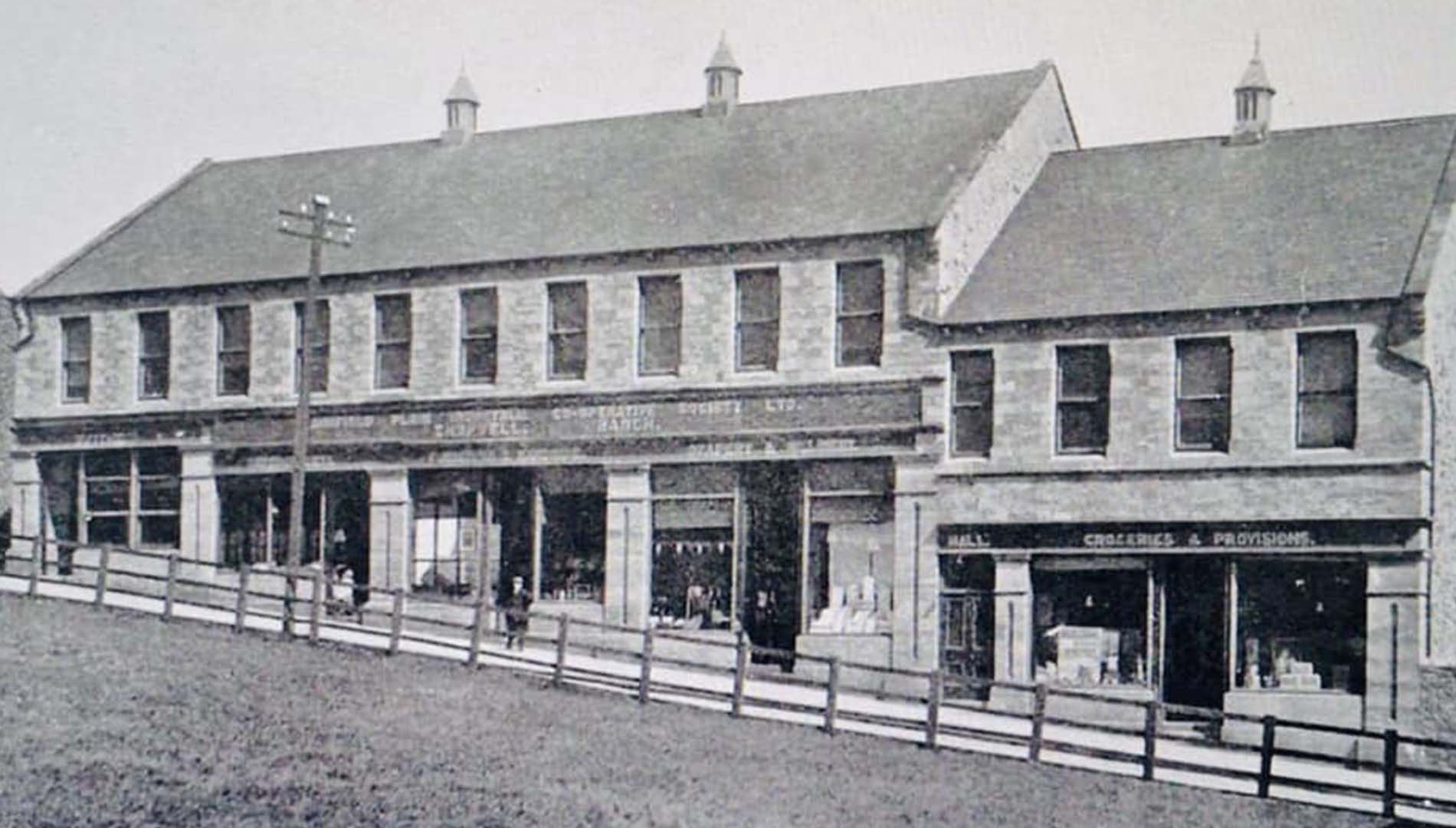Ceoppa's Barrow
One of the earliest known Saxon settlers in the valley is thought to have been named Ceoppa who built himself a farmstead and well in the clearing of the north bank of the river.he died in 685 AD and was buried in a site now occupied by a Heavy Gate Farm in the village which now bears his name. Photos can be viewed here: Ceoppa’s Barrow
Middle Ages
The first written record belongs to the Middle Ages when the land was part of the estates of the Prince Bishop of Durham. In 1150 Bishop Pudsey granted the Manor of Chopwell to the first Abbot of Newminster in exchange for the Manor of Washington. Newminster Abbey retained possession of the Manor until the dissolution of the monasteries in 1536.
Chopwell Woods
Chopwell Wood is a beautiful mixed conifer and broadleaf wood, covering almost 900 acres of the Derwent Valley, making it the largest woodland in Tyne and Wear. Chopwell Wood has a rich industrial history in mining and timber production. In 1634 Chopwell Wood was used to build a warship called ‘Sovereign of The Seas’ or ‘The Royal Sovereign’ – It was the first three-decked warship to be built, and was 232 feet long and 48 feet wide.
It’s now a community woodland with Woodland Park status and is designated as a Plantation on an Ancient Woodland Site (PAWS). The Wood and has been managed by the Forestry Commission since the 1920s.
Chopwell Woods have numerous walking trails, cycle routes and bridleways for visitors to enjoy.
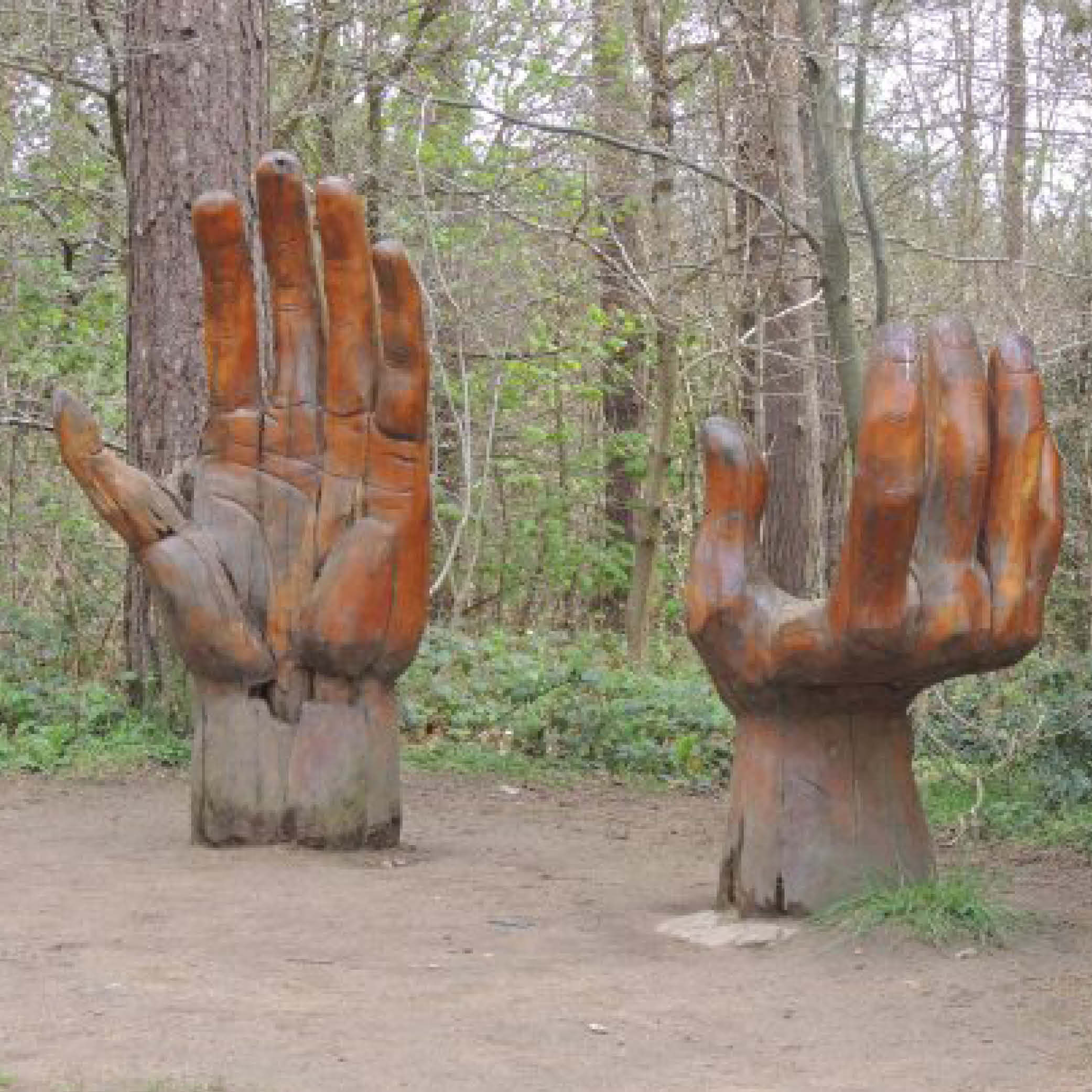
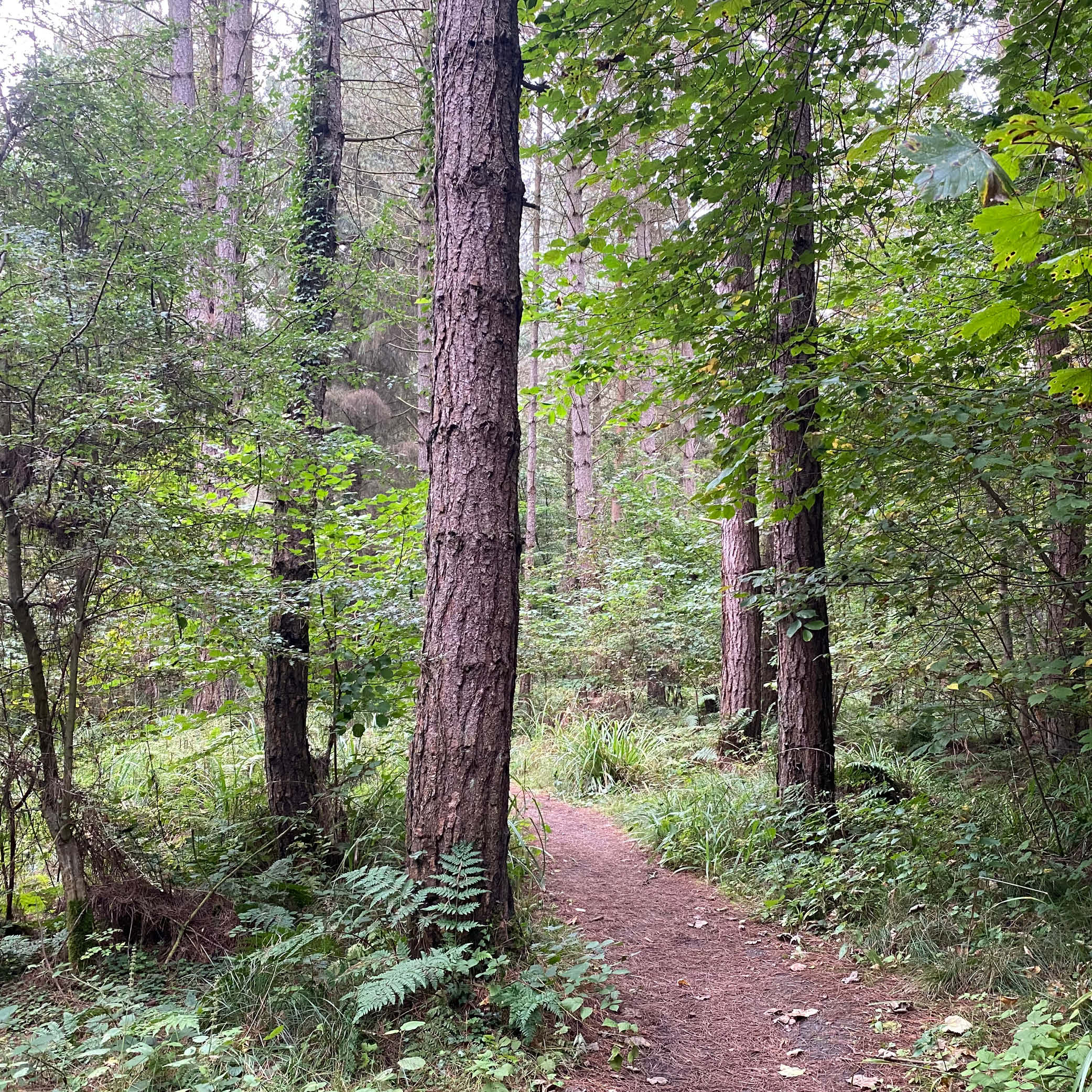
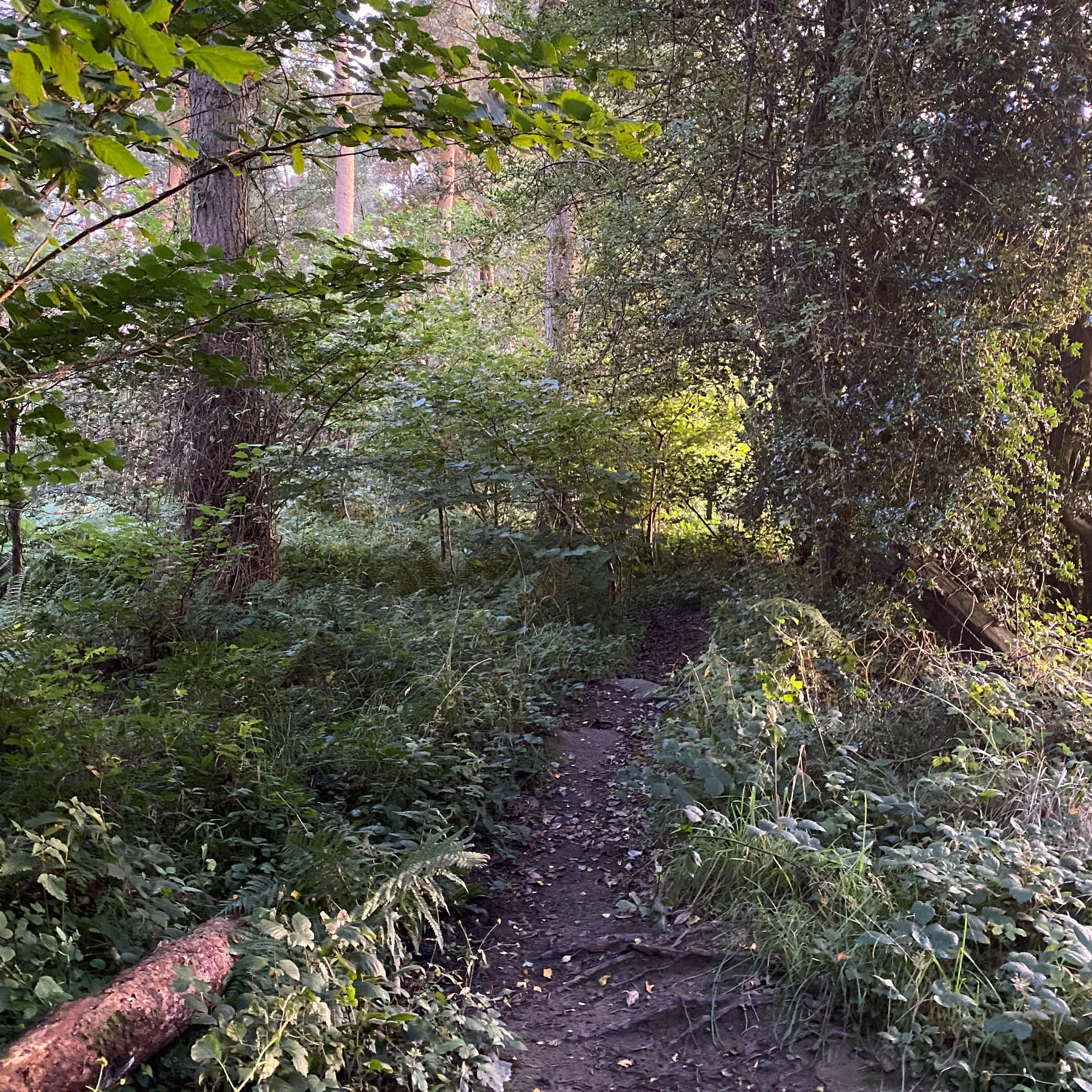
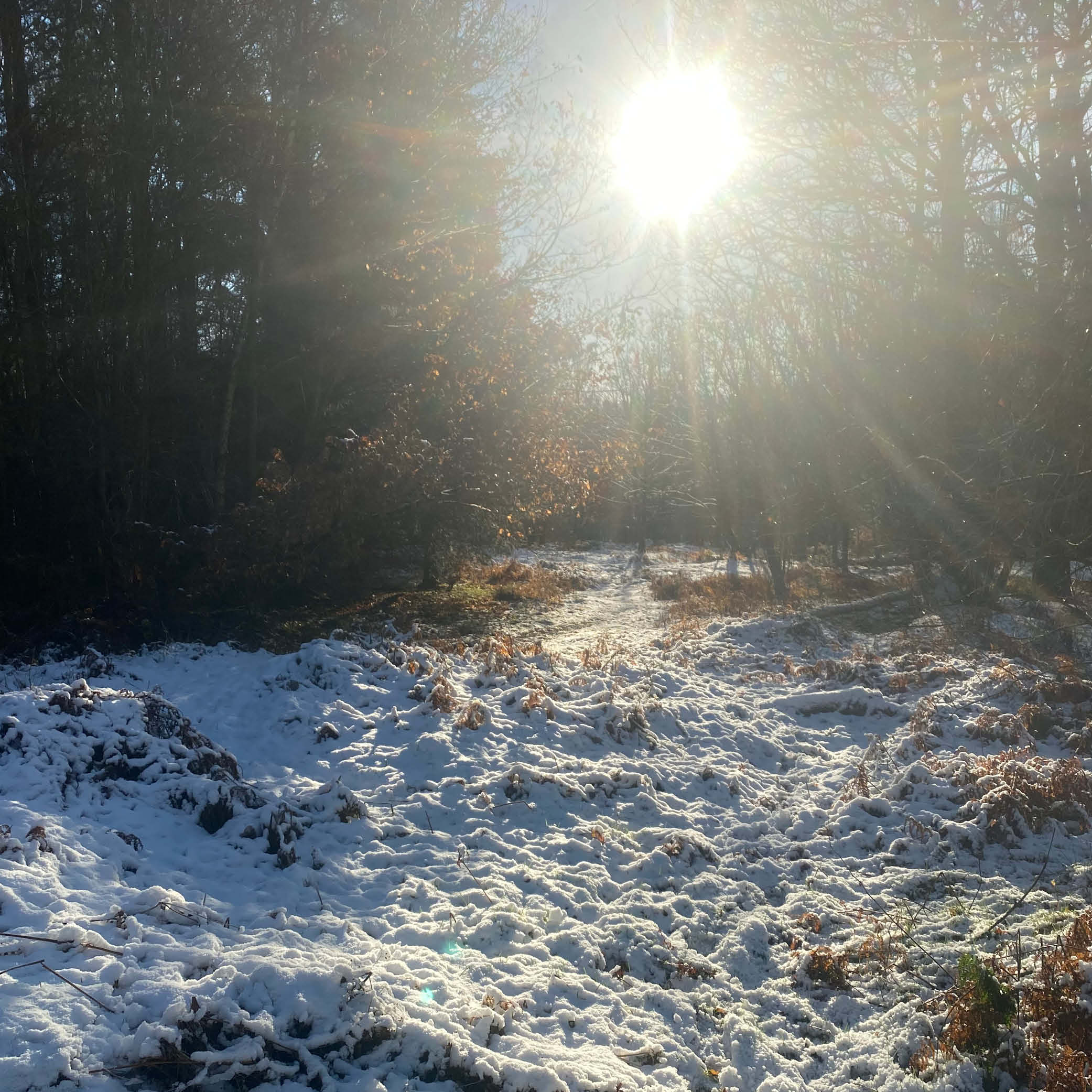
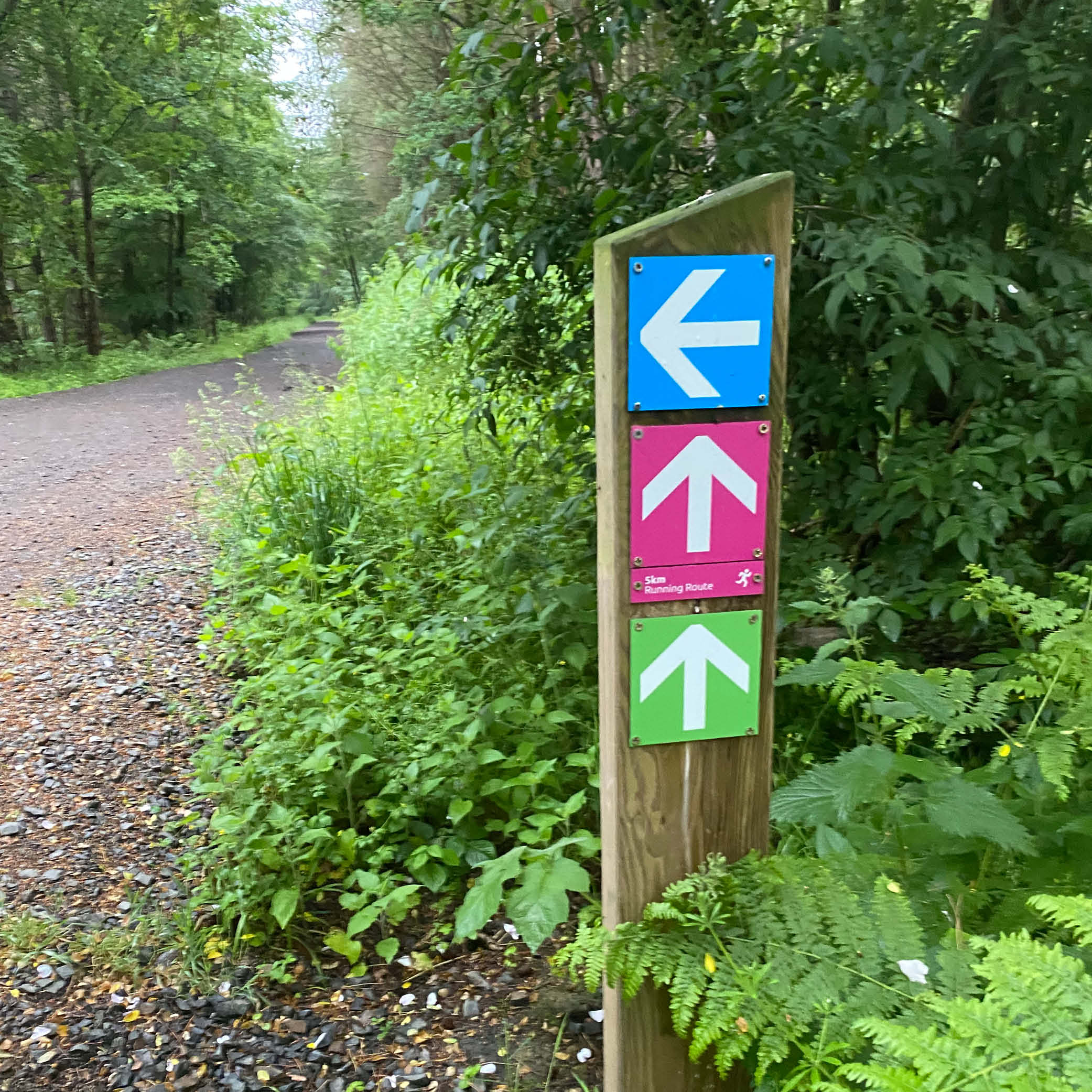
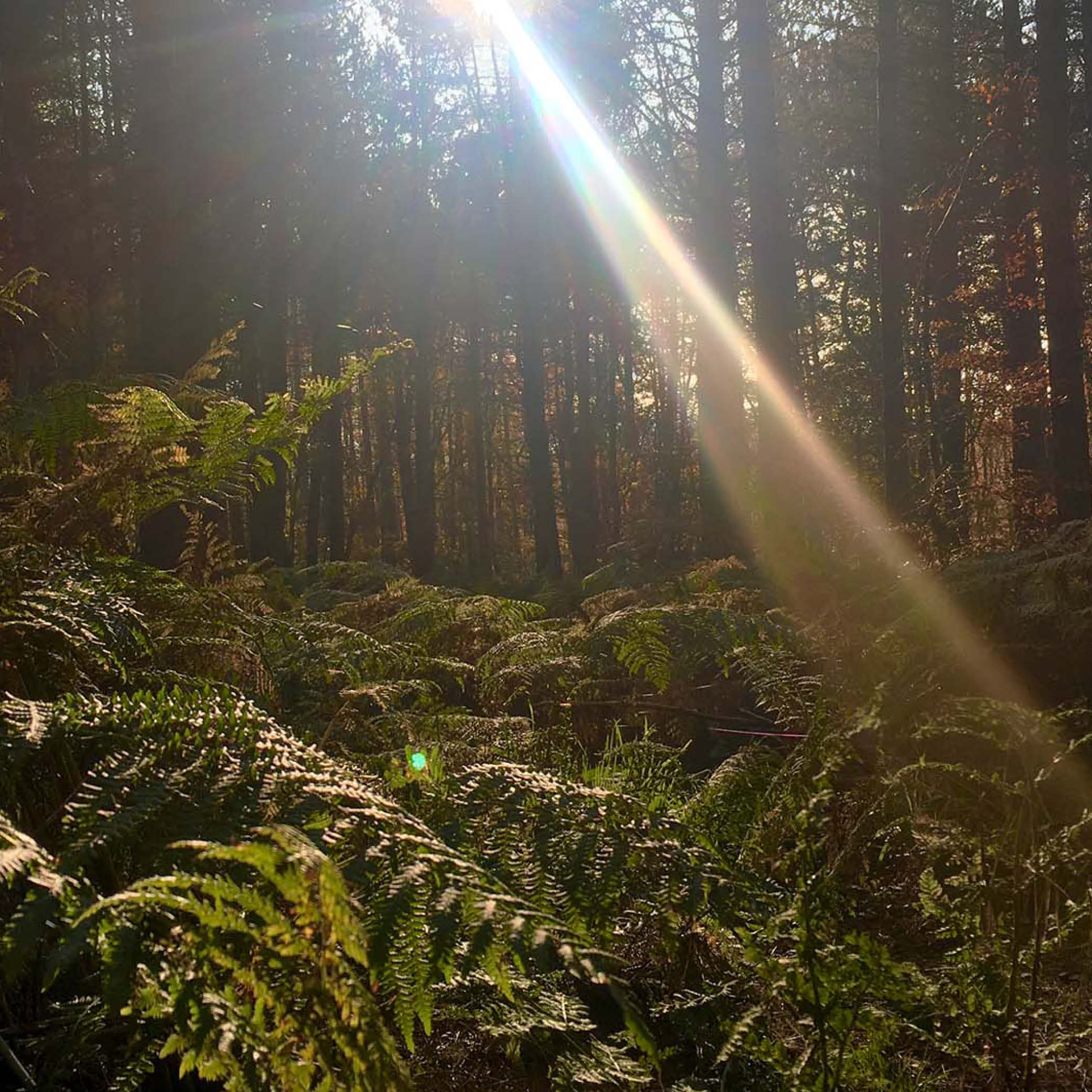


Chopwell Colliery
Chopwell Colliery saw its first pit shaft sank as far back as 1781 and remained until its closure on 25 November 1966. The village grew with the development of the colliery. First Wear Street, Tyne Street and Tees Street were built next to the pit in 1895 and 1896. By 1899 Blyth Street, Severn Street and Thames Street were completed. In 1907 Wansbeck, Trent, Mersey, Humber,Tay, Clyde, Forth, Tweed and East Street were built. In the same year seven streets were collectively known as “Whittonstall”, named after local farms, were built at the extreme west of Chopwell. The colliery official’s houses, Ramsay Road, Greenhead Terrace and Derwent View were better built and more pleasantly situated. In 1911 Blaydon Co-operative built Lesbury Terrace for its workers over the millrace of the old corn mill.
Several public buildings also came about during this period. The Chopwell Hotel in 1895, Derwent Street in 1909, King’s Picture House in 1910 and the Roman Catholic church in 1912. The council erected the west school in 1901 and the east school in 1910.
In this traditional area of coal mining Chopwell achieved it’s nickname of Little Moscow because of its strong support for the Communist Party. During the 1926 general strike the union flag at the council offices was taken down and replaced with the Soviet Flag.

In 1924 the original Chopwell Banner of 1907 was replaced with a new one showing their three heros.
In the same year council houses were built on streets named Marx and Lenin Terrace, all adding to the Little Moscow title.
A copy of the banner made in 1935 was also given to Russian miners in 1955.
The banner which is in use today was made in 1954 and on the back depicts miners at the pit looking to a better future for their children.

Chopwell Park
The Chopwell Miners Welfare Scheme built Chopwell Park in 1935. The below quote is from a newpaper clipping dated 23rd August 1935.
A new miners welfare ground at Chopwell (co.Durham), which is costing £10,000, is nearing completion and is expected to be opened shortly. The ground will include facilities for football, cricket, bowls and amusements for children. It covers an area of 16 acres.
As the last pit in Chopwell was closed in 1966, the park was donated to the village on 1st April 1967.

The Pump Track
It’s the biggest thing to happen in Chopwell for many years!! Friends of Chopwell Park have done a fantastic job in making this dream come true!
A pump track is a cycling circuit, with rollers, banked turns and features designed to be ridden completely by riders “pumping”— generating momentum by up and down body movements, instead of pedalling or pushing. Ours has been built by Velosolutions, who make the tracks for the Pump Track World Championships. Visit their website at velosolutions.com for some amazing videos!
It is in Chopwell Park and has two loops: a symmetrical loop on which 2 people can race head-to-head (both starting in the centre) and a smaller one (on the left of the diagram below) is for beginners and small children – including toddlers on balance bikes!
Access will be open to anyone with a bike, skateboard or scooter (or even rollerblades!). Friends of Chopwell Park have said “We want as many people as possible to enjoy the pump track and will involve schools, youth groups and cycling clubs. Our pump track will also be up to national competition standard and will attract cycling enthusiasts from far and wide”.
A HUGE thank you to Mandi and the Friends of Chopwell Park for making this happen.
Recent Years
The closure of the colliery meant that the economic reason for the existence of Chopwell village had gone. In the development plan of 1964, Chopwell was categorised as a type “D” village. Chopwell was to be allowed to decline. The category D was removed in 1972, shortly before Chopwell became part of Gateshead MBC.
In 1974 Chopwell became part of the metropolitan county of Tyne & Wear and of the Metropolitan Borough of Gateshead after previously being part of the Administrative County of Durham.
In the mid-late 90’s Chopwell Park was taken off the maintenance list and started to fall into disrepair. Friends of Chopwell Park was set up in 2015 by local residents with the aim of restoring the park.
The park was reopened in 2017 leading to the pavilion also being reopened, the climbing frame repaired, a new zip wire installed, numerous fun days and general maintenance of the site. If you would like to learn more you can visit their Facebook page Friends of Chopwell Park.
With an active and well supported Community Centre, a good village school, public transport links to Newcastle and Consett and reasonably priced housing in a semi rural area, Chopwell can be a pleasant place to live.
Famous Chopwellians
William Arthur Harvey
Born 1908 in Chopwell, played football for Chopwell institute, went on to play professional football for Barnsley and Chesterfield.
William Horace Wallbanks
Born 1918 in Chopwell, played football for Chopwell then professional for Aberdeen, Grimsby and Luton.
Robert Woof
Born 1911 in Chopwell, started work at Chopwell Colliery aged 14, going on to become a trade unionist & politician. Bob Woof sat in the House of Commons as Labour MP for Blaydon from 1956-1979.
Colin Adamson
Born 1930 in Chopwell, Adamson started off life practicing in a shed on the allotment but went on to play at the Royal Albert Hall, played in the famous Black Dyke Band & became one of the biggest influencers on young people in the Brass Band Movement.
Tom Farrage
Born 1917 in Chopwell, played professional football for Birmingham city.
George Gill
Former mayor of Gateshead. Chopwell born and bred.
Mary Cowper (nee Clavering)
Chopwell-born courtier and diarist – wife of the Lord Chancellor, William the first Earl of Cowper. Mary’s work can still be purchased online today in hardback, paperback & for Kindle.
Bob Hunter
Originally from Chopwell, starting at the age of 17 in the Chopwell Male Voice Choir, Hunter went on to have to have a successful career in entertainment performing on screen for the BBC in the 70s.
Rankin Busby
Originally from Chopwell & starting his days in the Chopwell Male Voice Choir, Mr Busby taught music at the Colchester Institute before setting up Tiptree Choral Society in 1945 – which is still going today!
Filmed in Chopwell
- Vera (TV Series)
- Fords on Water (Film)
- George Gently (TV Series)
- Wire in the Blood (TV Series)
- Shepherds of Gateshead (Advert)
- Hovis Advert

